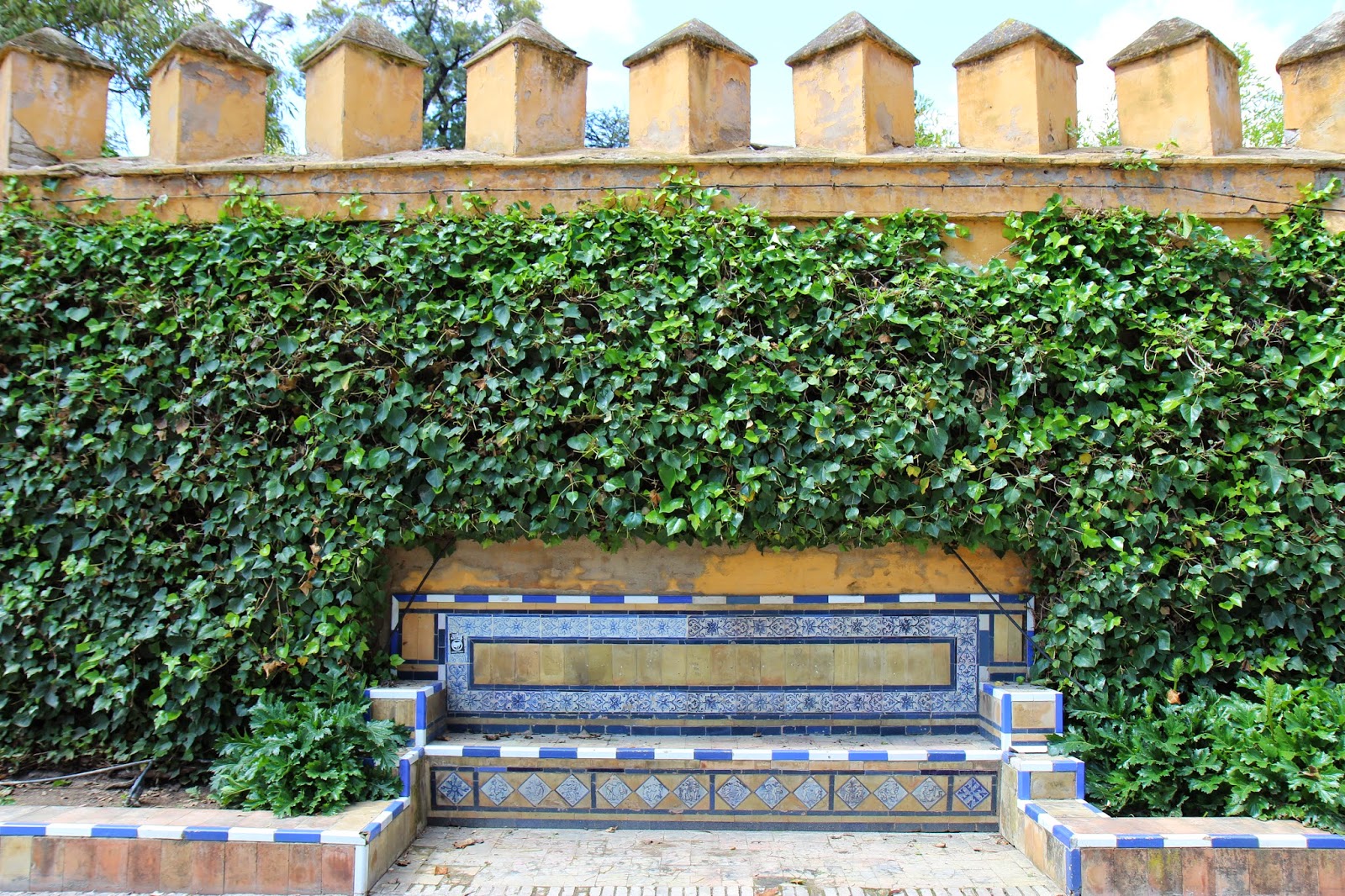NO8DO is the official motto of Sevilla. Once pointed out, you can't help but notice it all over the city. On manhole covers, flags, official gates, bike-share locations, it's everywhere. It's believed to be a rebus meaning "No me ha dejado" and loosely translating to "It [Seville] has not abandoned me". Whether that is the true meaning behind it or not - every local and international student (who lived there for a semester or two) find comfort in the saying - as if Sevilla is forever in their hearts (as silly as it sounds).
I will try my hardest to not make this an entirely biased post. Kidding, it will be. In 2006 I spent a semester aboard living and attending university in Sevilla. I'm forever thankful to my friend Lindsey who studied there the year prior and insisted I go.
WARNING: cliché laced sentences ahead. I don't know how to NOT sound like every American college student who was lucky enough to spend a semester in somewhere Europe, but I look back on those three months so fondly. What felt like a lifetime of experiences, it was three months of total cloud nine and one of the happiest points in my life. I even considered a "NO8DO" tattoo on my right bicep ... kidding Mom!
I was excited to show Marco around my city.
We stayed in the old Jewish quarters, the picturesque and historic Barrio de Santa Cruz.
We started the four day trip in my old stomping grounds, the neighborhood of El Porvenir. I showed Marco the apartment building I lived in, the cafés I frequented before and after classes, my university (a single building schoolhouse), and the beautiful Parque de María Luisa and adjacent massive horseshoe shaped Plaza de España.
Despite El Porvenir being right next to Plaza de España it is a quiet residential neighborhood. I took comfort in noticing not much has changed, I even recognized some of the staff at the cafés. Nostalgia city!
The tapas bars were filled with families dressed in their Sunday best. Sevilla fashion is classic, polished, and sophisticated. Tweed blazers, knee length skirts, Queen Elizabeth handbags, and flats - very proper. Children are always dressed to the nines, like little dolls.
We sat down at one of my old staple corner tapas bars. We ordered jamón ibérico, croquetas, and tres quesos. I told Marco story after story and he indulged me. I made a game out of picking out the American study abroad students as we people watched and sipped Cruzcampo.
That night we hit up tapas bar after tapas ordering jamón ibérico, croquetas, and other little bites. Marco was able to sweet talk someone from the waitstaff at Bar Europa into letting him leave with a Cruzcampo glass to add to his barware collection. We ended the night in the plaza next to the Cathedral watching the bats circle the top of La Giralda.
The next morning Marco and I went for a run along my old running route through Parque de María Luisa and along the Guadalquivir river. So nostalgic!
We also toured the Cathedral that day. It is the largest Gothic and third largest cathedral in the world. There we viewed the tomb that houses the remains of Christopher Columbus and we climbed the twenty some stories to the top of La Giralda and looked out onto the city in all directions.
An integral part of the city landscape are the famous orange trees (bitter oranges used to make orange marmalade - a pantry staple in British households). They were in in bloom with little white flowers that are used in the perfume Agua de Sevilla. The parks, plazas, and streets lined in orange trees smelled amazing.
Next up was a walk across the river to wander the neighborhood Triana. Historically Triana is famous for being home to bullfighters, flamenco artists, and gypsies. Modern day Triana is known for it's eclectic architecture, beautiful ceramic tile workshops, and nightclubs that the American / international students frequent.
We strolled along the river and plazas as it grew close to siesta where we plopped ourselves down at a tapas bar to enjoy cold Cruzcampo and a platter of fresh (fried) seafood.
On our walk back to Barrio de Santa Cruz we visited the new wooden installation, Metropol Parasol. Built atop preserved Roman ruins (just like the city's new tram-line) Metro Parasol looks like giant mushrooms. The massive structure houses a small museum of Roman ruins as well as artisan shops, a bar, and terraces providing vista views. I think Metropol is a fresh addition to a city that isn't always so accepting of the "new".















































